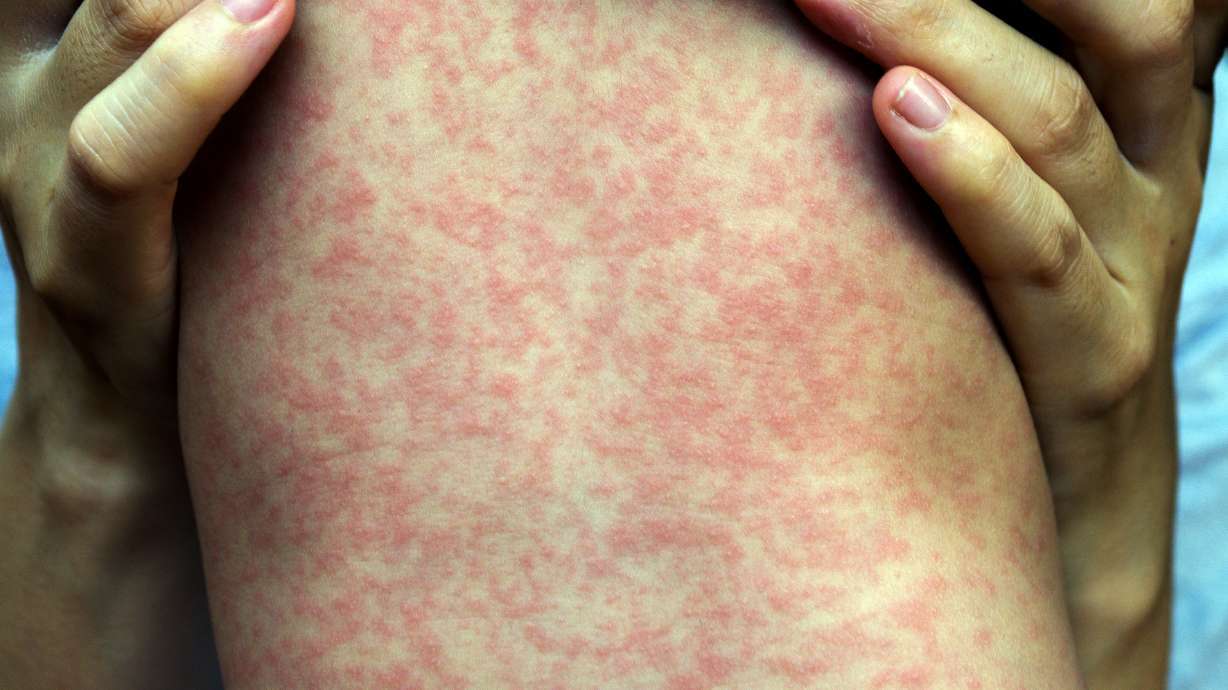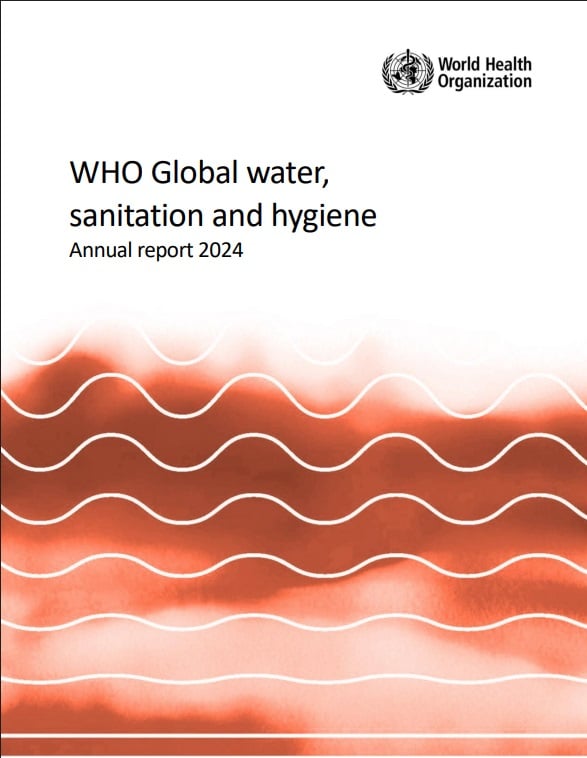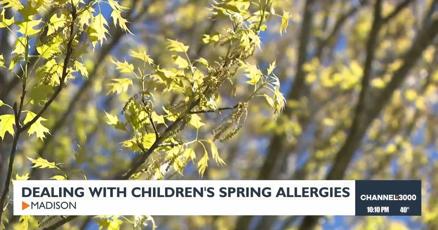Measles Alert: First Confirmed Case Sparks Concern in Grand County

A recent health alert has been issued by the Southeast Utah Health Department after confirming a confirmed case of measles in Grand County. The infected individual, who is under 18 years old and unvaccinated, has prompted local health officials to take immediate precautionary measures.
Measles, a highly contagious viral disease, can spread rapidly, especially among unvaccinated populations. The health department is urging residents to ensure their vaccination status is up to date and to be vigilant about potential exposure risks.
Parents and guardians are advised to check their children's immunization records and consult with healthcare providers if they have any concerns about measles prevention. The confirmed case serves as a critical reminder of the importance of maintaining community-wide vaccination coverage to prevent the spread of preventable diseases.
Local health authorities are monitoring the situation closely and will provide updates as more information becomes available.








